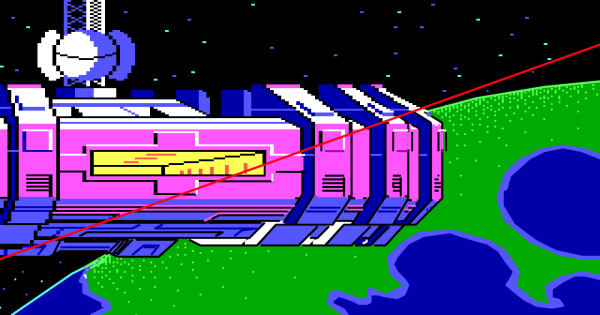As those of us who worked in the consumer software world back when physical media was king can attest, when a master disc has been sent for duplication and distribution there is no turning back from whatever code is in the hands of thousands of users. Usually such worries were confined to bugs or inadvertently sending out pre-release software versions, but [Lance Ewing] is here with the story of how Sierra On-Line once inadvertently released most of the source code for their game engine.
If you have some 720k floppy disk versions of the 1988 game Space Quest II, the first disk in the set appears to have nothing out of the ordinary, but a closer look reveals that the free space on the disk reported by DOS is greater than its used space. Diving in to the disk block contents with a hex editor reveals that many of the unused blocks in fact contain C code, and some further detective work allows the recovery of a not-quite complete set of source files for the company’s AGI, or adventure game interpreter. They had been left behind when the original master disk had been emptied by deleting them, rather than by formatting it afresh.
In commercial terms this would in 1988 have been something of a disaster for Sierra had it been discovered at the time, because it was the cornerstone of their success. As it was we’re told the code sat peacefully undetected until 2016, since when it has proved invaluable to those interested in computer game archaeology. Or did it? We’ll never know if a sharp-eyed competitor snagged it, and kept quiet.
Of course, these days, there are game engines that are open source. Some of them are very modern. Others… not so much.











